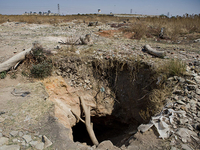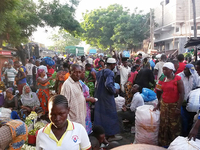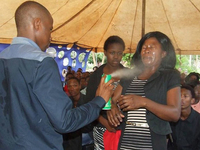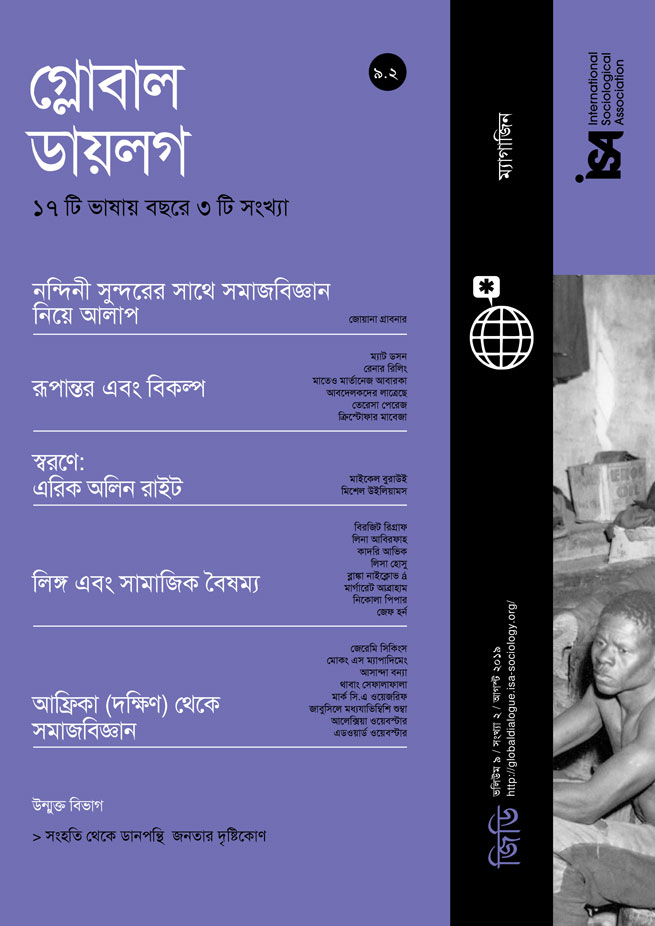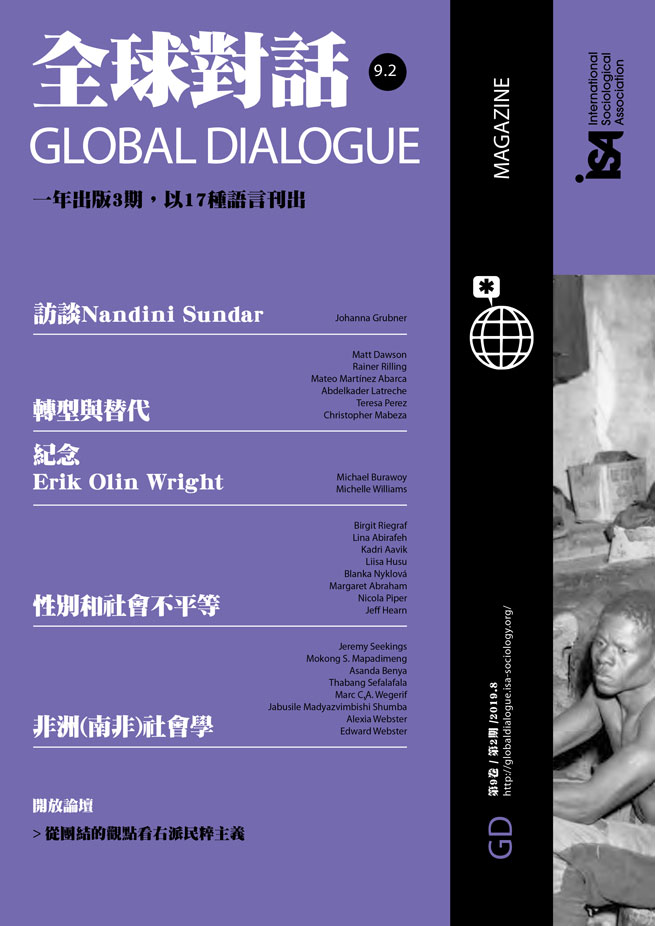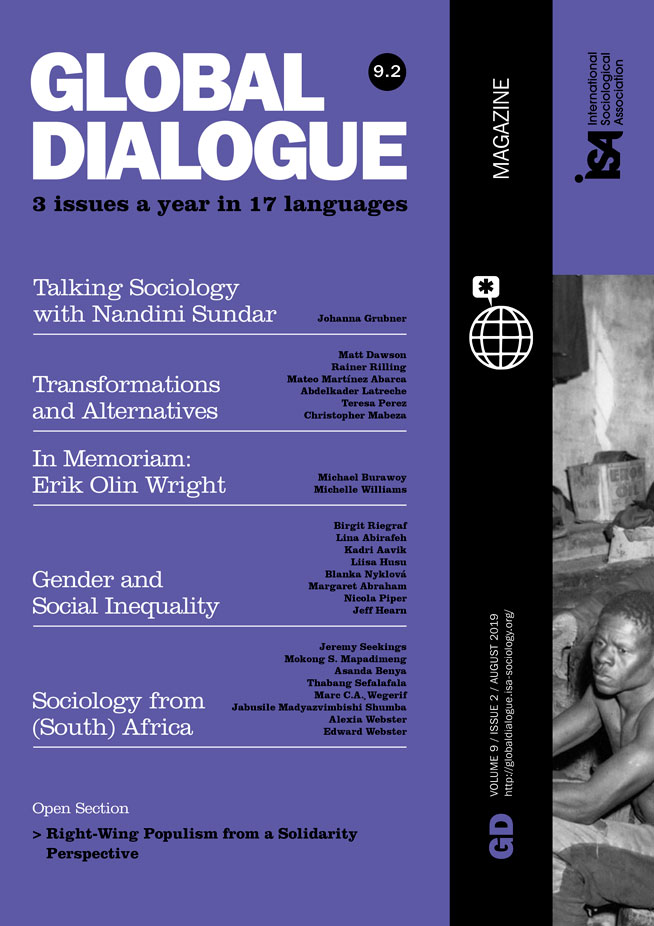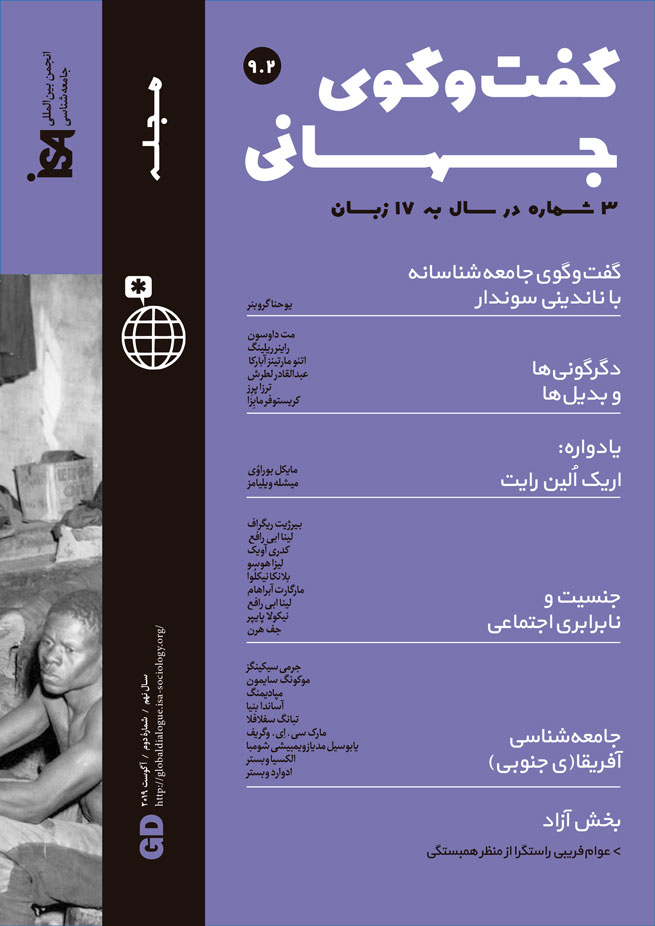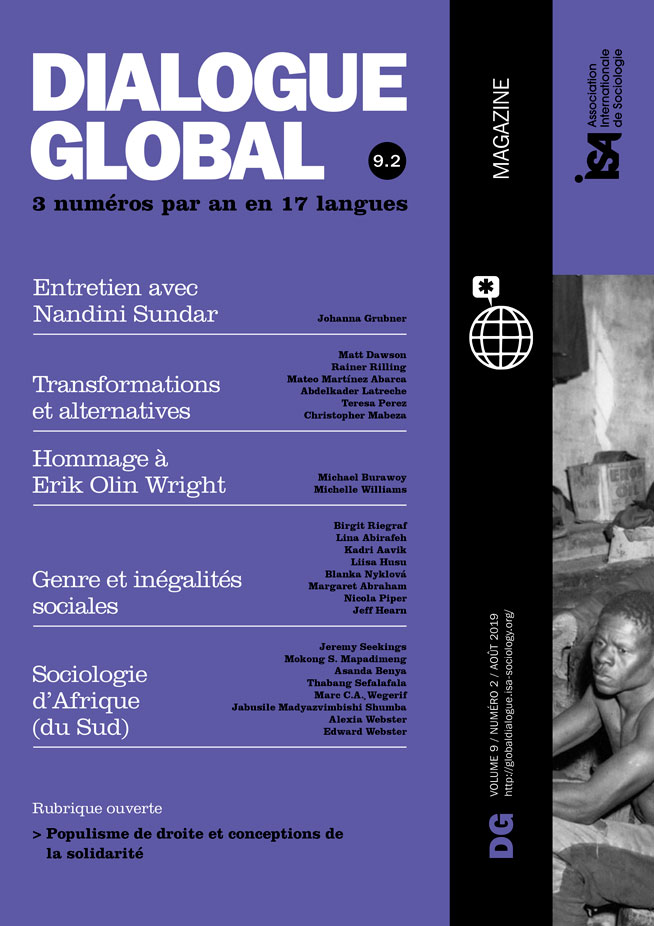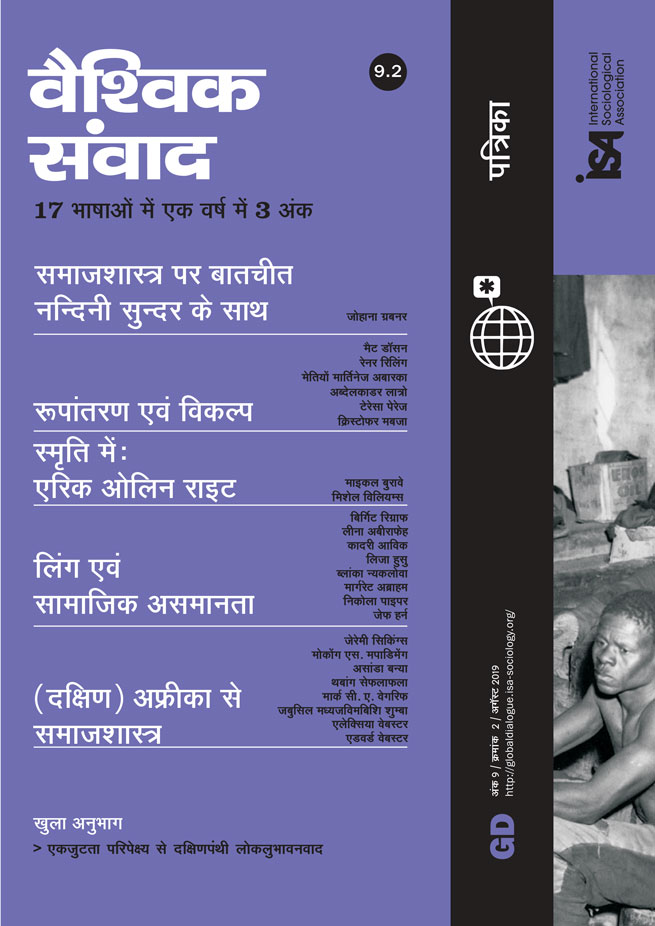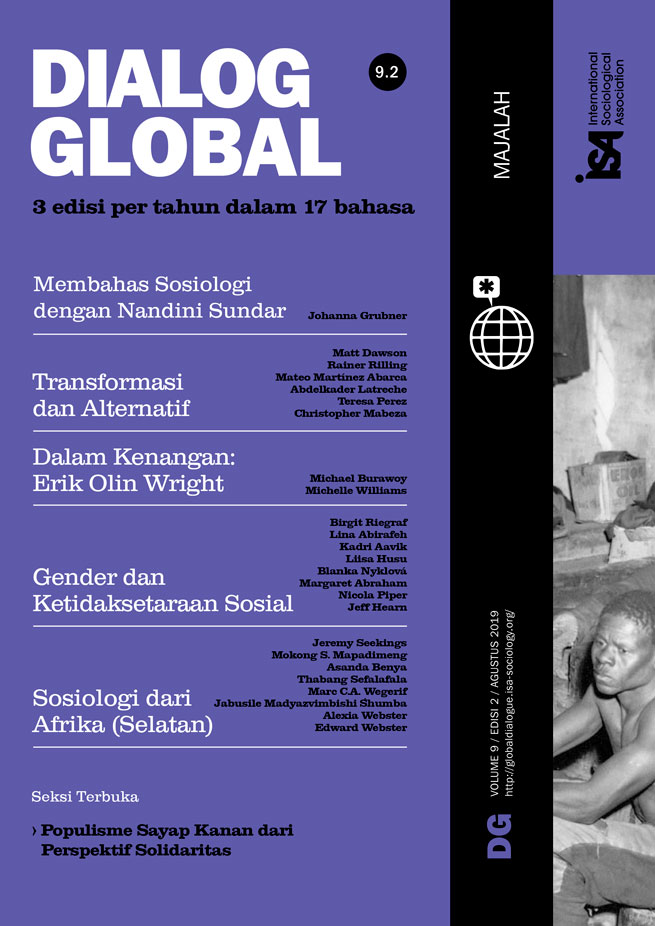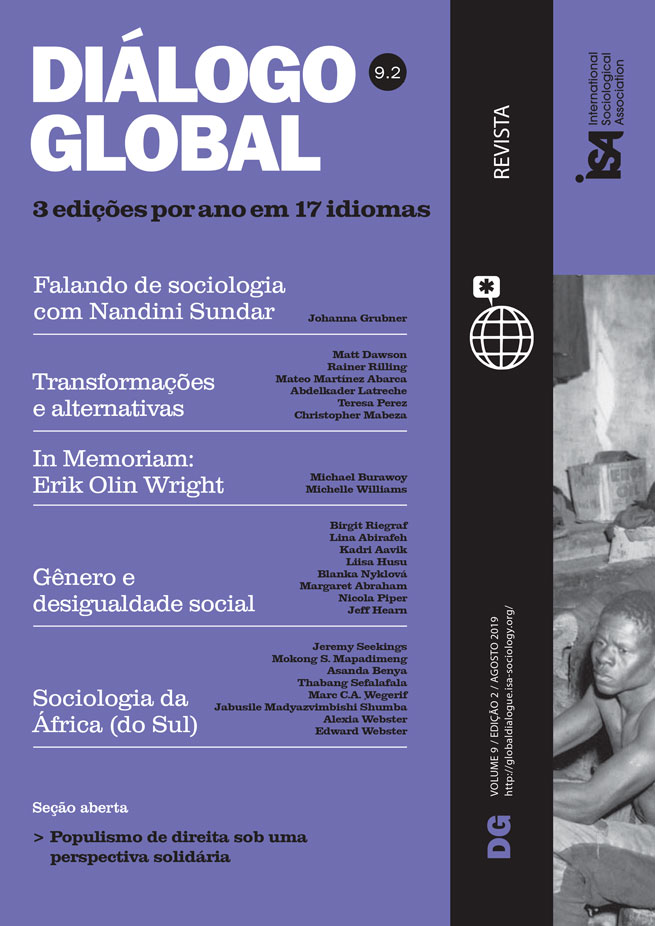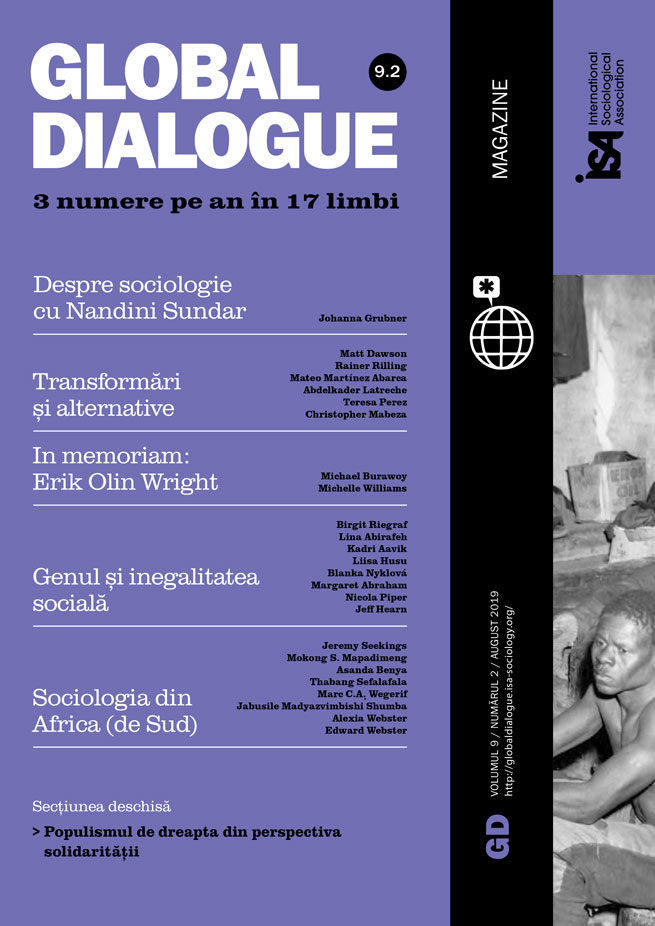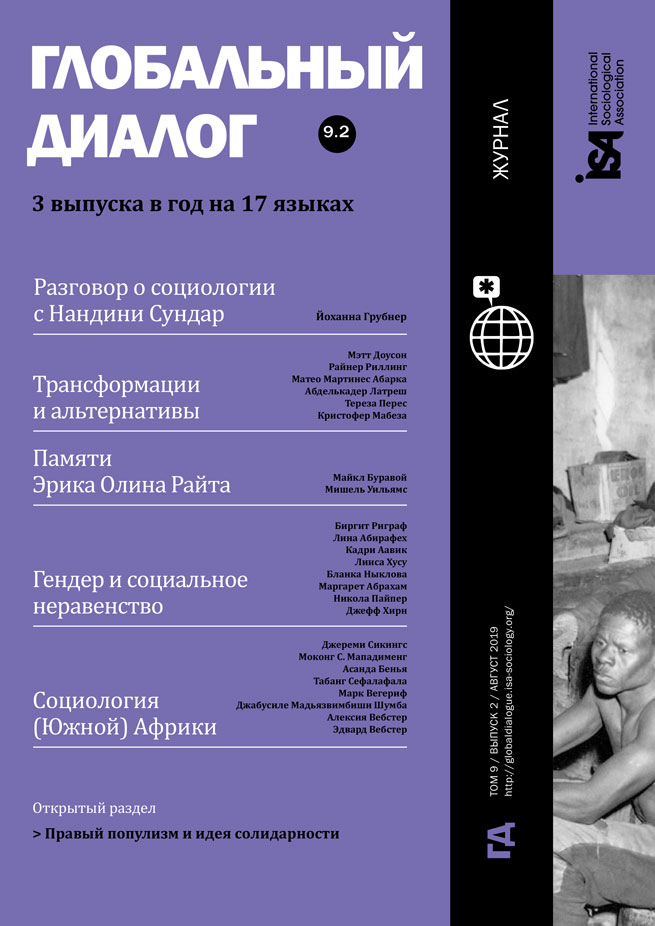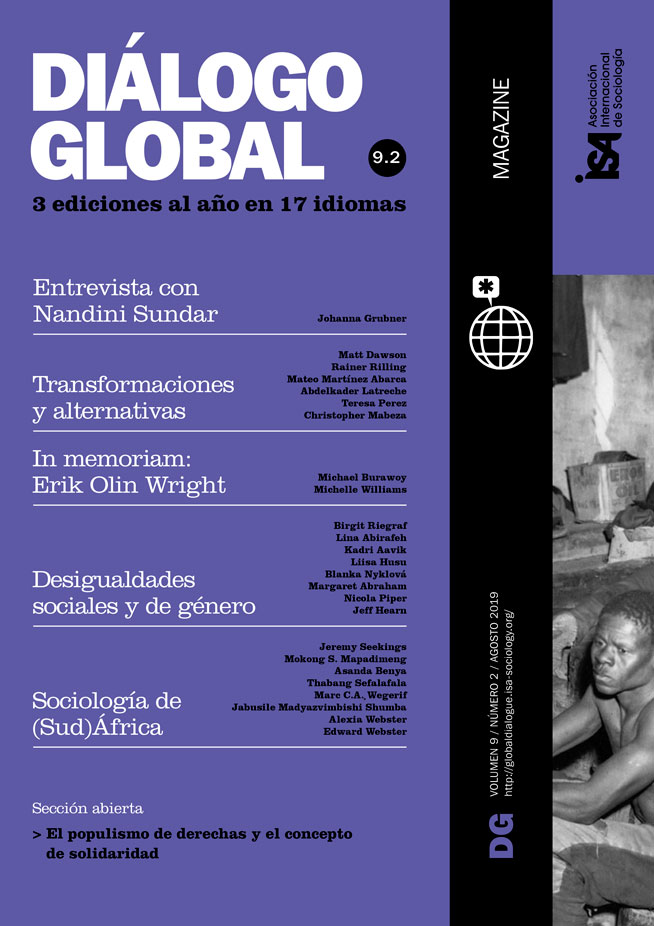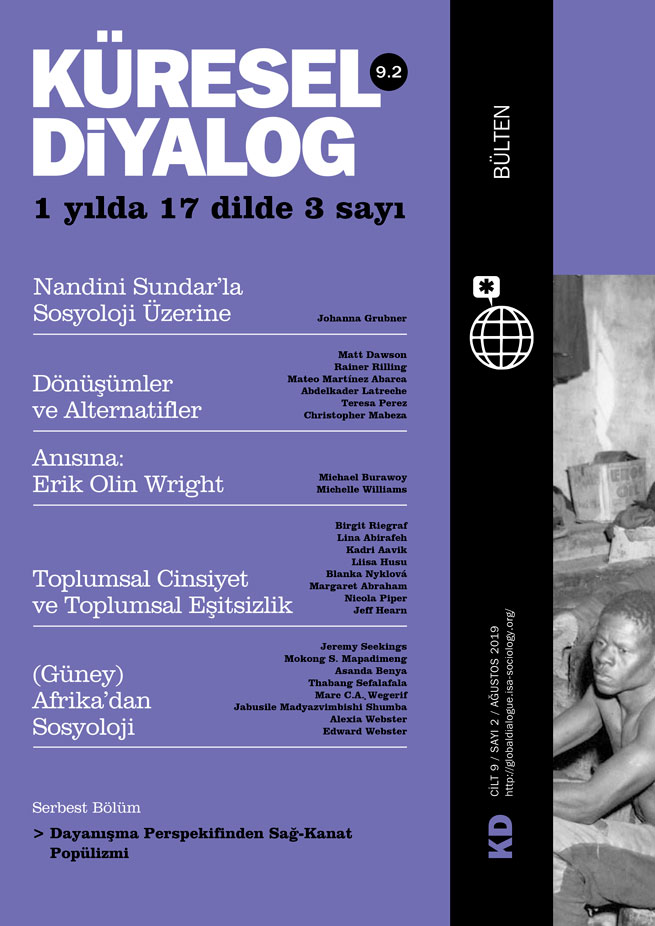Poverty and inequality in South Africa have rightly attracted considerable attention. Absolute poverty rates in South Africa – calculated using standardized measures of monetary income – have long been and remain exceptionally high given the country’s GDP per capita. This is, of course, because South Africa has a very unequal income distribution. High income poverty and inequality are rooted in South Africa’s history of racial dispossession and discrimination before and under apartheid. After 25 years of democratically-elected government, however, income poverty remains stubbornly high and inequality has probably increased. It is clearly not the case that democracy necessarily reduces either income poverty or inequality.
The persistence of poverty and inequality in South Africa
The persistence of poverty and inequality reflects diverse factors. In our 2005 book, Class, Race and Inequality in South Africa (Yale University Press), Nicoli Nattrass and I argued that inequality survived apartheid because it was no longer driven by explicit racial discrimination. Under apartheid, white South Africans not only accumulated property and financial assets but also human capital (through racially discriminatory public education) and social capital. (We should have added also cultural capital.) This meant that racial discrimination could be abolished without undermining the privileges of most white South Africans. Democratically-elected governments after 1994 dismantled the last vestiges of explicit racial discrimination and introduced considerable affirmative action in favor of black South Africans. But most white South Africans continued to enjoy the privileges of class. Conversely, whilst some black South Africans benefitted from the removal of racial restrictions (and then from affirmative action) and prospered, many black South Africans continued to suffer from the lack of any kind of capital. Without skills, social capital, or land, four out of ten adult South Africans were unemployed.
In our 2015 book, Policy, Politics and Poverty in South Africa (Palgrave Macmillan), Nattrass and I focused on why there was not stronger political support for pro-poor policies after the transition to democracy. We acknowledged that some government policies have been pro-poor. Social assistance programs in South Africa redistribute an unusually large share (between 3% and 4%) of GDP from rich taxpayers to mostly poor households. This does reduce poverty, but not inequality. Nonetheless, poverty as well as inequality persists. This is primarily due to the high unemployment rate. Not only did the unemployment rate grow over 25 years of democratic government, but the absolute number of unemployed people doubled. Few of the benefits of economic growth have trickled down to the very poor, except through redistribution via tax-financed social assistance. We argued that this reflected, in part, the stifling effect of labor market policies on labor-intensive sectors.
A growing Africa-wide phenomenon
South Africa’s history is often thought to make it an exceptional case. But the persistence of poverty and rising inequality in South Africa is a foretaste of a growing Africa-wide phenomenon. Between 1990 and 2015 the proportion of the global population in extreme income poverty fell by two-thirds, from 47% to 14%. The estimated total number of people living in extreme income poverty fell from just under 2 billion people in 1990 to 836 million in 2015. In Africa, however, the overall poverty rate declined much more modestly, from 57% to close to 40%, whilst the absolute number of people living in extreme poverty in Africa actually rose. As in South Africa, poverty persists despite economic growth. Too few of the benefits of growth trickle down to the poor. The growth elasticity of poverty in Africa between 1990 and 2015 was only -0.7, compared with -2 for other regions, meaning that every 1% of economic growth in Africa reduced poverty by only 0.7%, whereas the same growth elsewhere reduced poverty by 2%. Economic growth in Africa has fueled inequality more than poverty reduction.
In Africa, unlike South Africa, the poor hitherto have mostly been peasant farmers in rural areas. Peasant farmers in many (but not all) areas have low productivity and are vulnerable to asset-destroying drought. Governments have often neglected the rural population. The “development” imposed on peasant farmers has rarely brought major benefits. Much of Africa was once characterized by abundant land and a shortage of labor. Now it is increasingly characterized by scarce land and a labor surplus. Raising the productivity of peasant farmers is clearly necessary to improve national food security and to reduce rural poverty. It is very unlikely, however, to absorb the growing labor force. The result is already evident: rising unemployment rates among young people, many of whom migrate to urban areas, and who are then seen by political elites as posing a political threat.
The need for labor-intensive manufacturing
In South Africa and increasingly across the rest of Africa, poverty reduction requires the expansion of labor-intensive non-agricultural sectors. Almost every historic case of sustained economic growth and poverty reduction has involved a phase of labor-intensive manufacturing. In our new book, Inclusive Dualism: Labour-Intensive Development, Decent Work, and Surplus Labour in Southern Africa (Oxford University Press, 2019), Nicoli Nattrass and I use the classic work of W. Arthur Lewis – the only economist of African descent to win the Nobel prize for economics – to examine the role of clothing manufacturing in the expansion of employment and poverty reduction. The clothing industry is important in its own right, as a potentially major source of employment for the poor. The four million clothing jobs in Bangladesh might be low-wage, but they have played a major role in poverty reduction, as rural women move into higher-productivity, higher-earning employment. The clothing industry also serves as the canary in the coal mine, indicating the health of the environment. In a coal mine, the health of the caged canary was an indicator of the danger posed by gas to mineworkers. Similarly, if a country with surplus labor does not have a growing clothing industry, something is wrong with the policy environment.
Inclusive Dualism includes a detailed discussion of the lessons from South Africa, where employment in clothing manufacturing has declined at the same time as unemployment has been rising. Most alarmingly, the employment elasticity of growth in manufacturing in South Africa has probably been negative, meaning that increased manufacturing output has coincided with declining employment in the sector. Labor productivity has risen, as employers have invested in more capital- and skill-intensive technologies, but employment has fallen. This is, of course, a recipe for persistent if not rising inequality and poverty. We attribute this to what we call “decent work fundamentalism,” i.e., the pursuit of “decent work” without regard to the consequences for (un)employment. Until South Africa and other African countries provide the kind of environment in which clothing manufacturing can flourish, poverty and inequality will remain.
Data on poverty in Africa are from the UN’s Millennium Development Goals Report (New York: United Nations, 2015), Kathleen Beegle et al.’s Poverty in a Rising Africa (Washington DC: World Bank, 2016), and Zarobabel Bicaba et al.’s “Eliminating Extreme Poverty in Africa: Trends, Policies and the Roles of International Organizations,” Working Paper 223 (Abidjan: African Development Bank, 2015).
Jeremy Seekings, University of Cape Town, South Africa, member of ISA Research Committee on Poverty, Social Welfare and Social Policy (RC19), and former Vice-President of ISA Research Committee on Urban and Regional Development (RC21) <jeremy.seekings@uct.ac.za>
